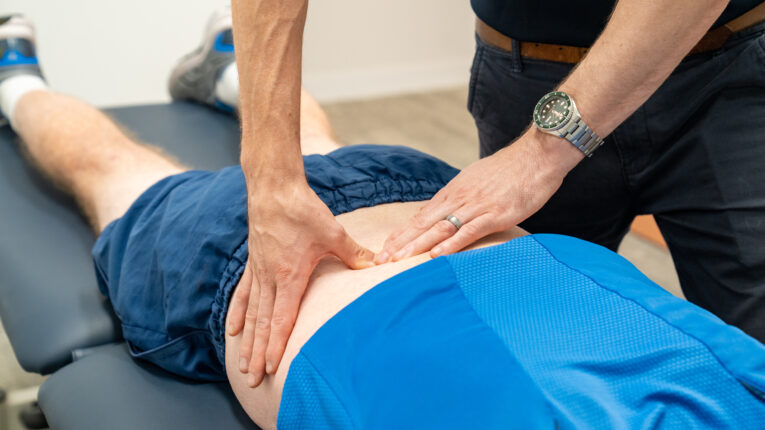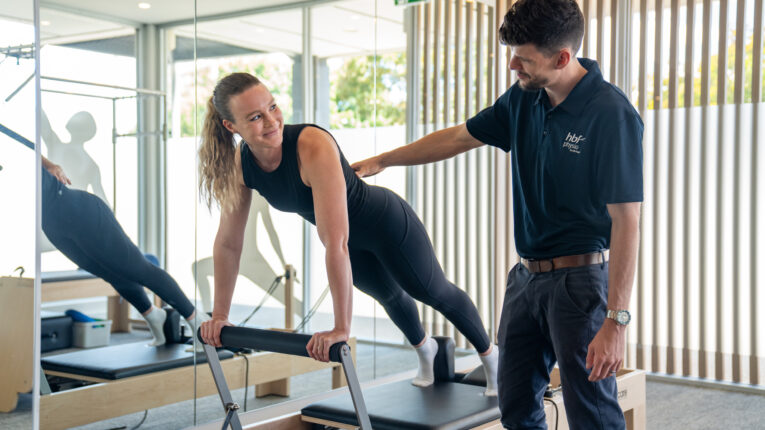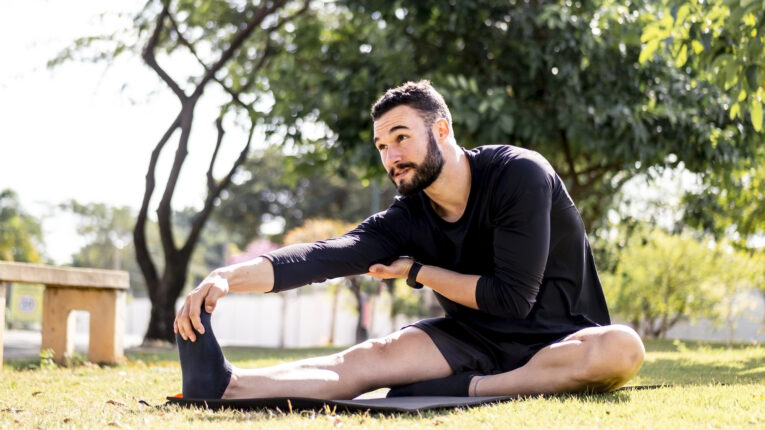5 tips to ease yourself back into exercise

5 tips to ease yourself back into exercise
Easing back into exercise after a break or injury can feel daunting. But with the right approach it doesn’t have to be. Taking things one step at a time is, quite literally, the key to success.
“Exercise is about knowing your body’s limits, and this is really important if you’ve had some time out,” says Jordan Duncan, HBF Physio Managing Executive & Physiotherapist. “Your body and its capabilities will have changed so you need to be aware of this.”
Start slow
The best way to ease back into exercise is by taking it slow. This will help prevent injuries and burnout and allow your fitness levels to gradually adjust.
“Start with manageable activities and stay within your limits,” advises Jordan. “If you overdo it, you may crash and burn and likely not be able to or want to exercise again for some time.
Start with something less intense like walking or swimming and aim to exercise between two to three times a week. Build up the intensity and frequency of your exercise as your fitness level increases.”
Be consistent
Set yourself an exercise schedule that’s achievable. Aim for a minimum of 30 minutes two to three times a week. If you miss a session, make it up the next day even if you have limited time.
Consistency helps you achieve your fitness goals and keeps you motivated and committed over the longer term.
“The more regularly you exercise, the more likely you are to form a habit and continue to do it,” says Jordan. “When starting out, intensity is less important than consistency. A little bit of something is better than a whole lot.
Be realistic
If you’re returning to exercise after a break or injury, your body and fitness levels will have changed. If you were previously running long distance or lifting heavy weights, you’re unlikely to be able to pick up where you left off.
“You need to be realistic about what you and your body can do and commit to,” says Jordan. “Trying to do too much at once or putting your body under stress isn’t sustainable and puts you at risk of injury.
Plan to exercise in a way that fits in with your lifestyle, as you’re more likely to stick to it, and listen to your body. If you’re stiff or sore, take a rest day. If any pain or niggles continue, reach out to your local physiotherapist for help.”
Set goals
Stay motivated by setting exercise goals that are achievable. Consider whether you want to improve cardiovascular health, build strength or achieve a specific fitness milestone such as completing a 5km run.
“Having defined goals gives you something tangible to work towards,” says Jordan. “Goals help you stay focused and accountable and are good motivation for planning and tracking your progress.”
Setting realistic and achievable goals also encourages consistency and adherence to your exercise routine.
Have fun
Choose exercise that you enjoy doing. Keeping it fun means that you’ll look forward to it rather than see it as a chore. Mixing it up is also important.
“Variety in your workouts helps prevent boredom and plateaus and keeps both your mind and body stimulated,” says Jordan
“Incorporating social elements, such as exercising with friends or joining group classes also makes workouts more enjoyable and makes you more accountable.”
How seeing a physio may help
For more advice about easing back into exercise after an injury or break, contact a physio.
“A physio can provide some preparation strategies and exercises that might be helpful for you,” says Jordan. “They can assess your movement quality and offer guidance about what you should and shouldn’t be doing, how you can progress and help you to set realistic goals.”




